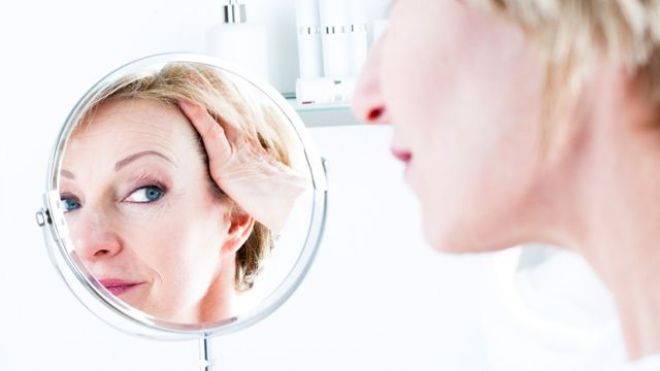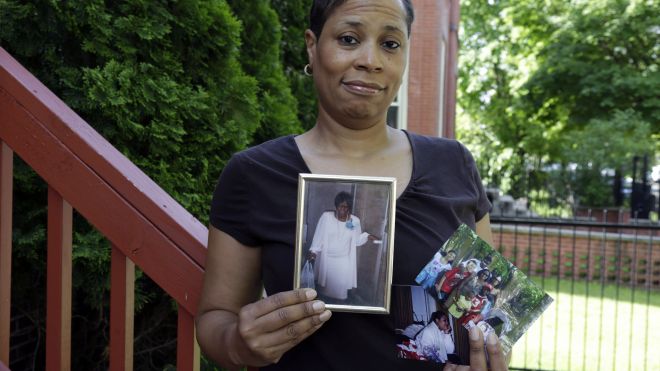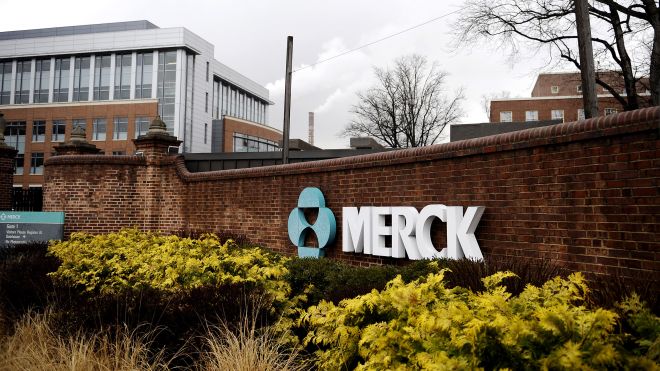Secretary Sebelius, stop hiding behind bureaucratic rules and save a child’s life
Many are calling on Health and Human Services Secretary Kathleen Sebelius to allow Sarah Murnaghan, a 10-year-old girl dying of cystic fibrosis, to be allowed on the adult organ transplant list.  According to current federal policy, the minimum age for her to be included on the list is 12. Currently, Sarah cannot receive an adult lung transplant until the available organs are offered to adult patients first. Of course, Secretary Sebelius could always make an exception by allowing this girl to be put on the transplant list.  Exceptions to federal regulations are made every day by the Department of Health and Human Services, whether you’re talking about the use of non-FDA approved drugs to treat cancer or the use of new technical equipment for surgical therapies. In this specific case, however, we’re talking about saving a child whose only hope is to compete among other patients for a transplant.  It is a perfect example of how rules are sometimes meant to be changed – or broken completely – especially when you’re talking about saving a person’s life. Secretary Sebelius has only ordered a revision of the policy, which could take a lengthy amount of time – something Sarah does not have.  To me, this shows lack of leadership and, certainly, lack of compassion.  Doctors and nurses make instant decisions when it comes to helping others in need, and I believe that someone who is in charge of the largest health care agency on the planet should have a more proactive approach when dealing with these kinds of emergency situations. The field of medicine has changed dramatically when it comes to the surgical techniques that transplant surgeons use.  From minimally invasive therapy to partial organ transplants, new technical miracles continue to develop. Therefore, the argument that an adult organ may not be usable in a 10-year-old is no longer valid, and certainly open for discussion in our clinical community.  As reports have told us, Sarah’s surgeons do agree that in her case, an adult transplant just might work. The rule not allowing a child to be eligible for a transplant from an adult organ until the age of 12 is archaic, and it should not have taken a case like this for Secretary Sebelius – whose tenure has lasted for the past four years – to ask for a revision today. I agree with many who have said that this child is a victim of age discrimination.  But I also agree that Sarah has been ignored by our federal health leaders and has been placed in a bureaucratic Neverland.source : http://www.foxnews.com/health/2013/06/04/secretary-sebelius-stop-hiding-behind-bureaucratic-rules-and-save-childs-life/



